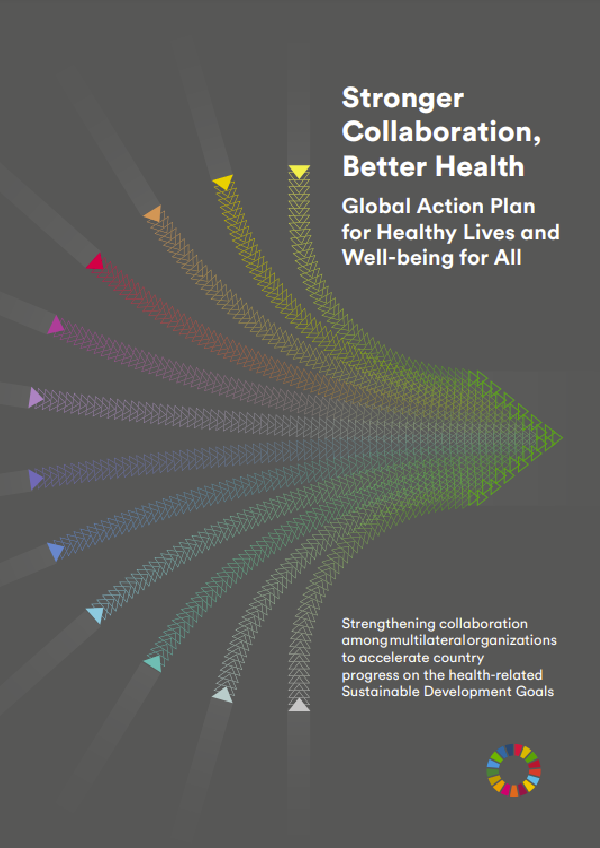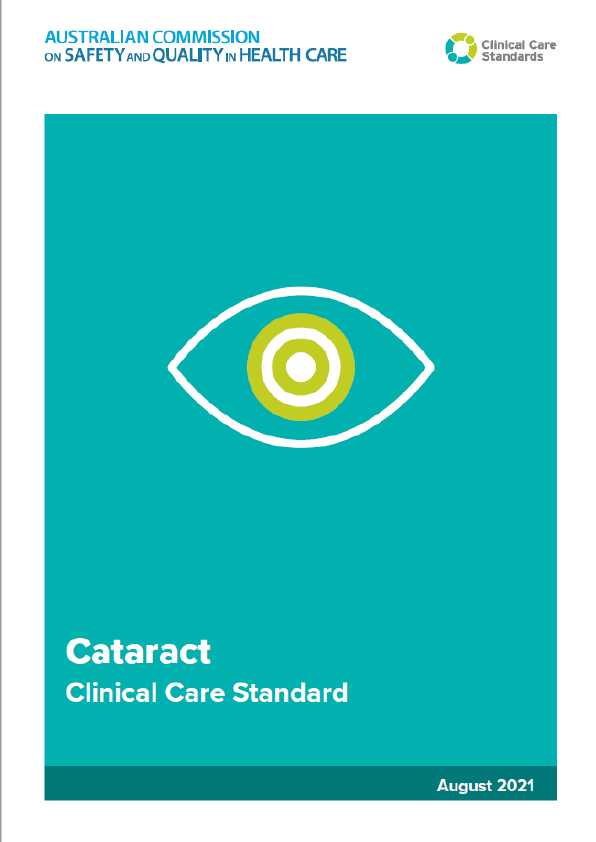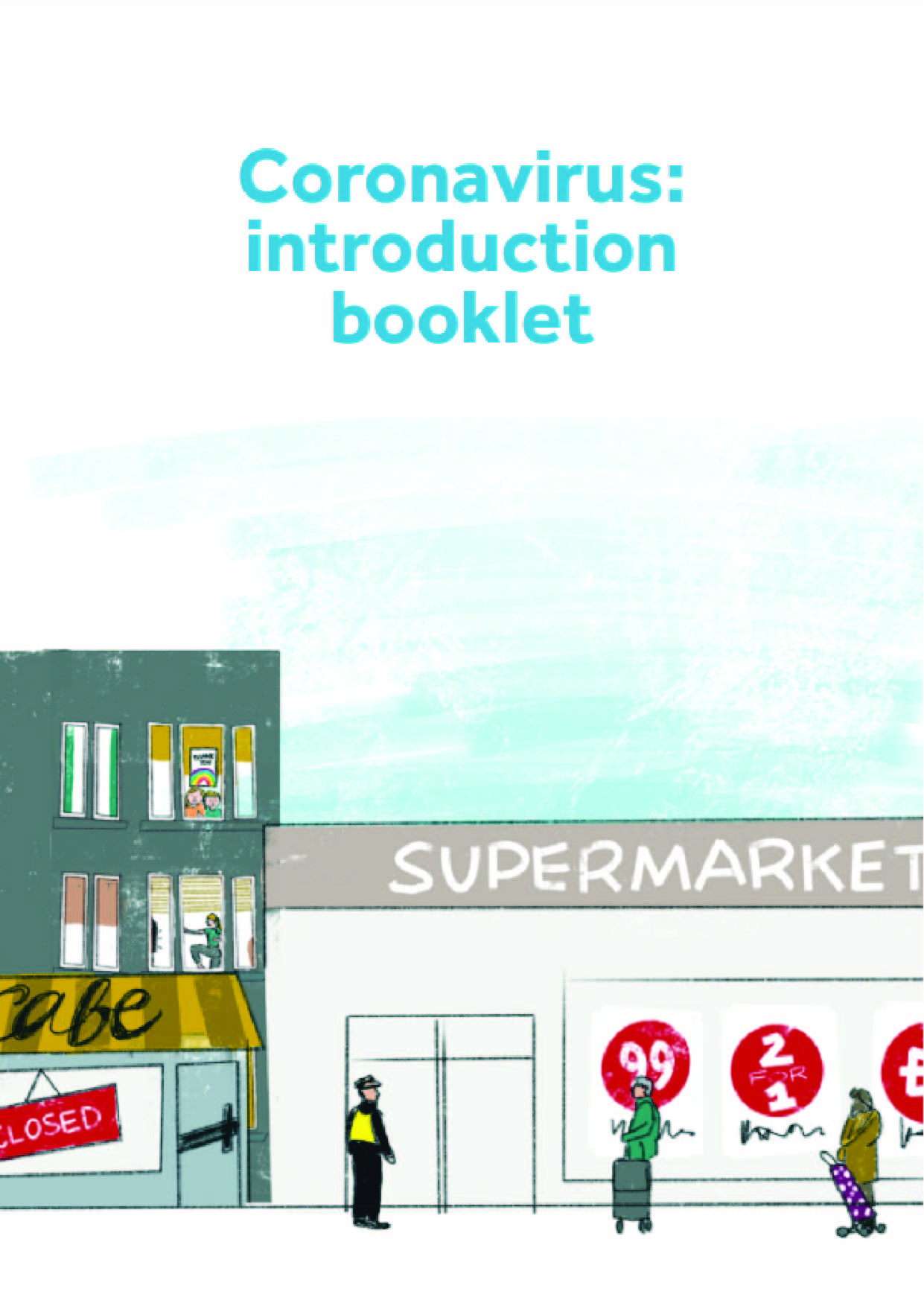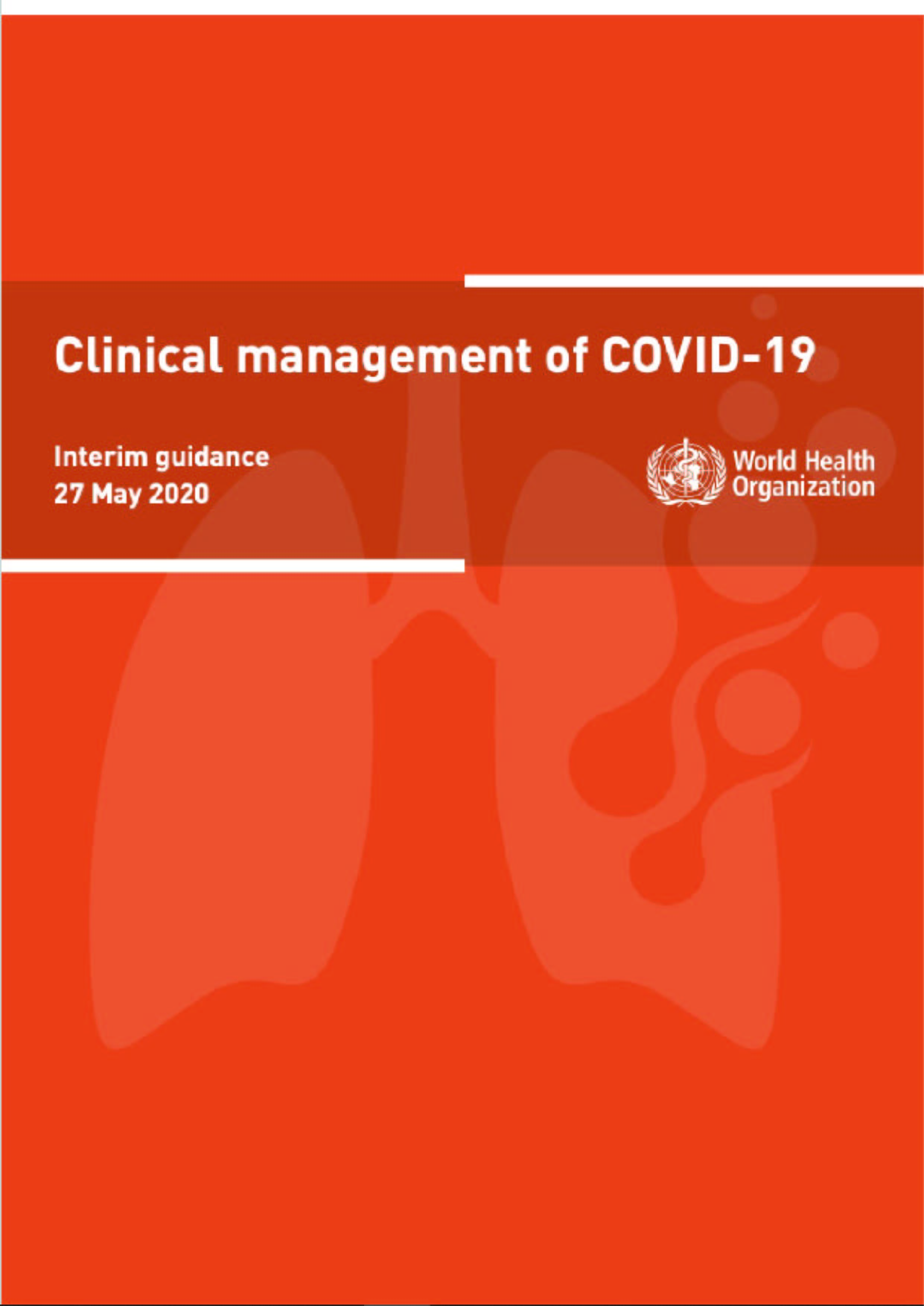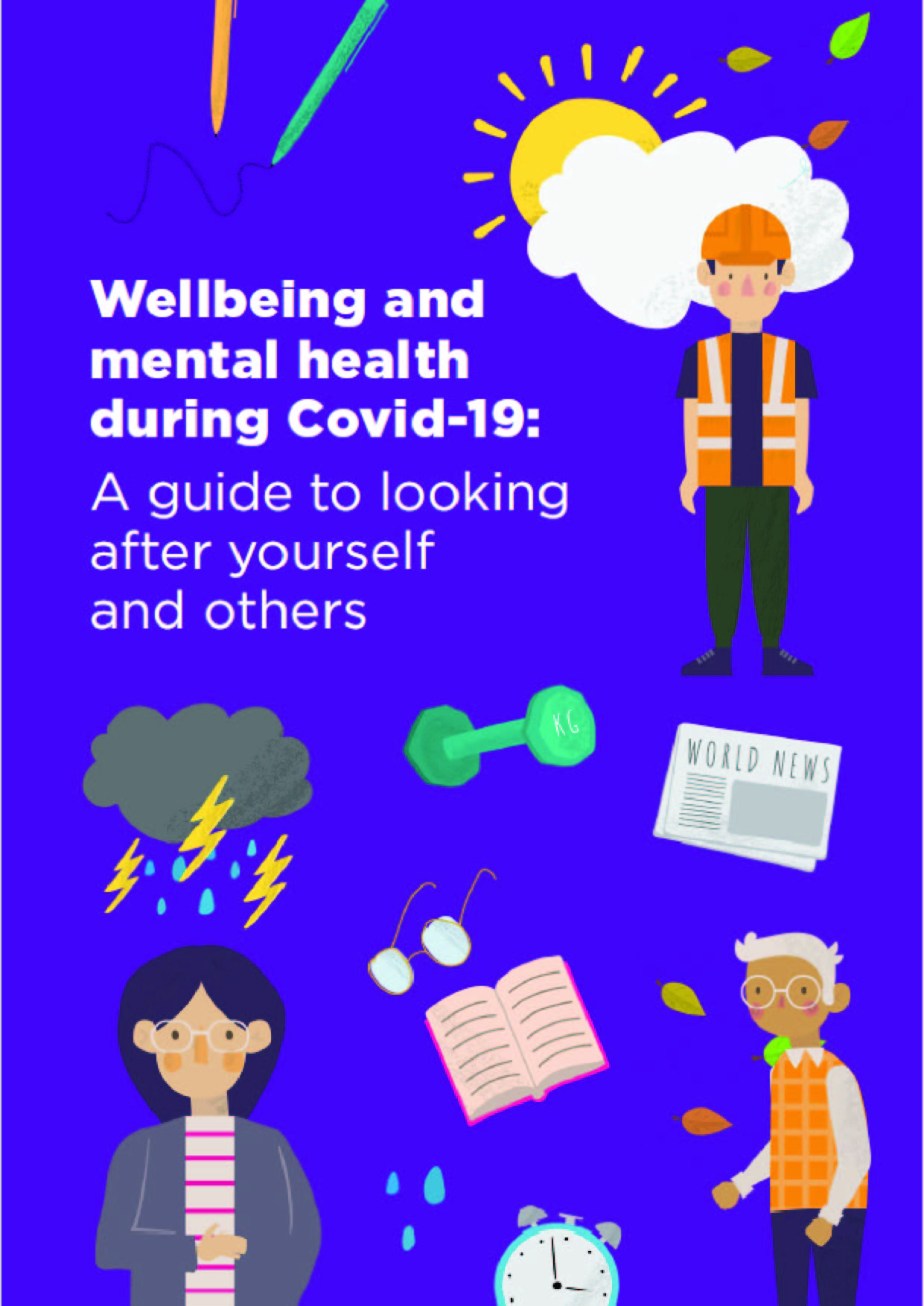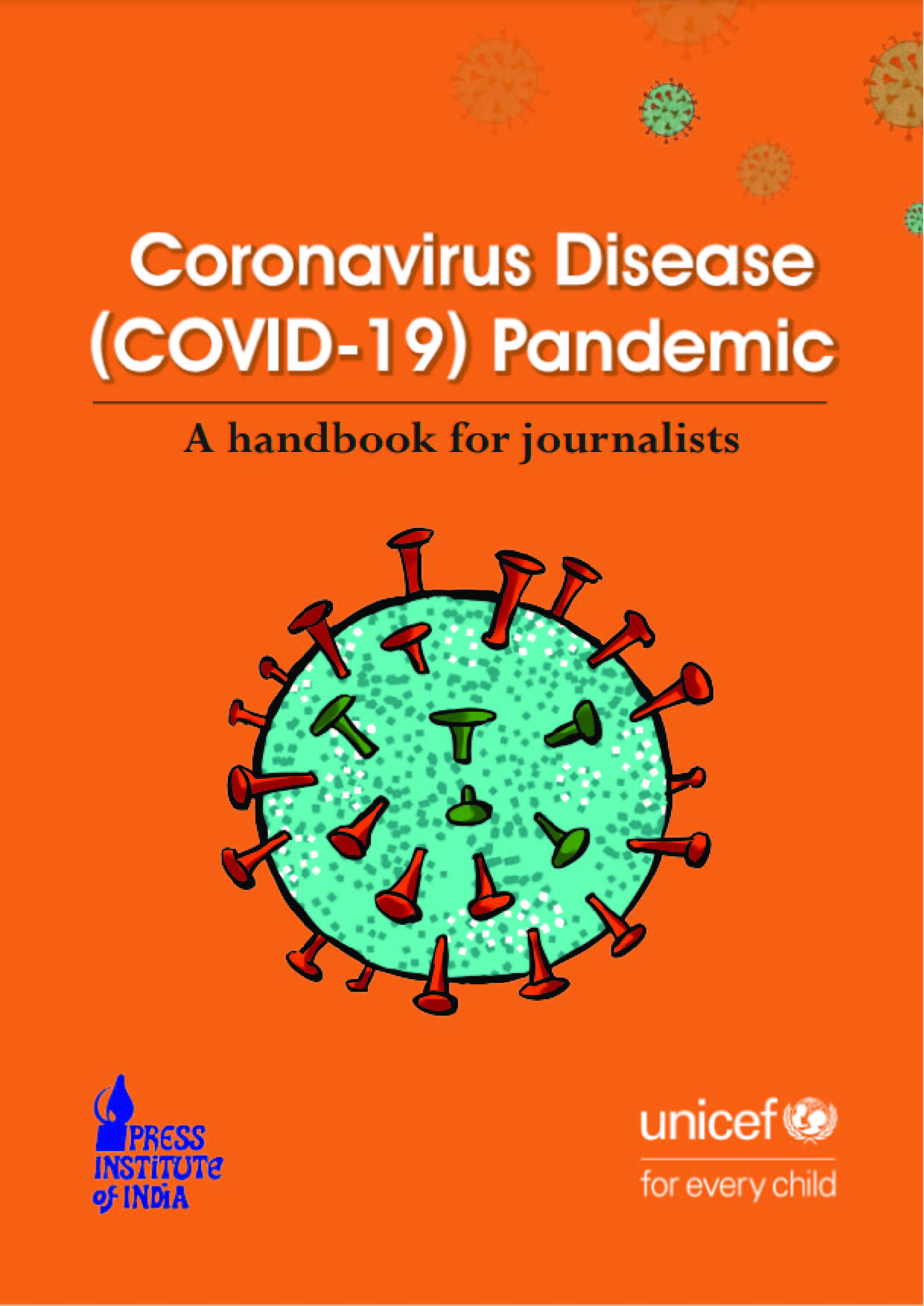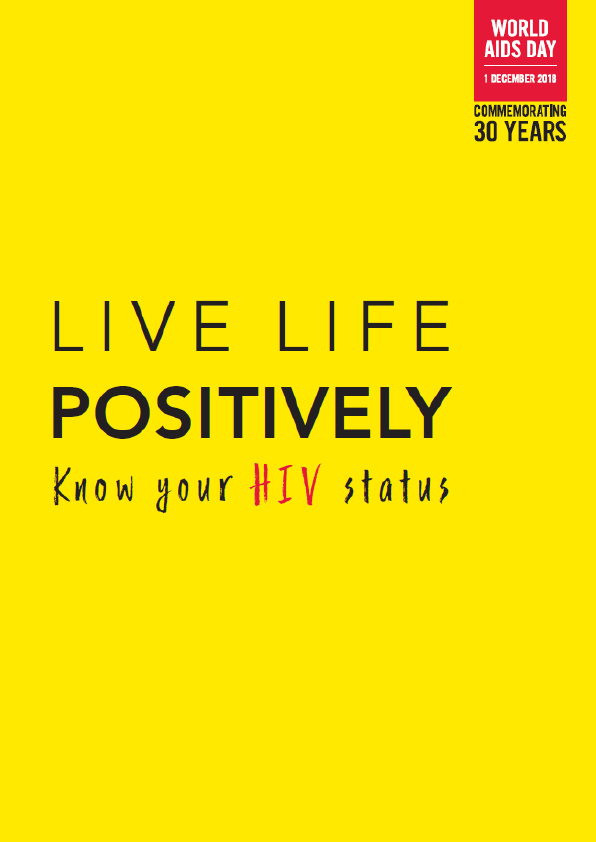The Global Action Plan: A new approach to strengthening collaboration in global health
Sustainable Development Goal (SDG) 3 – ensuring health and well-being for all at all ages – is critical to achieving progress on the 2030 Agenda for Sustainable Development. Because health is an integral part of human capital and a precondition, driver, and outcome of sustainable development, SDG 3 is linked to around 50 health-related targets across the SDGs and the pledge to leave no one behind.
The overall objective of the Global Action Plan is to enhance collaboration among 12 global organizations engaged in health, development, and humanitarian responses to accelerate country progress on the health-related SDG targets. The Plan presents a new approach to strengthening collaboration among and joint action by the organizations, building on an initial joint commitment made in October 2018. The Plan is primarily intended to be strategic but provides some operational detail to guide implementation while also allowing flexibility for adjustment based on regular reviews of progress and learning from experience. Although the purpose of the Global Action Plan is not to provide or seek additional resources, the Plan will enable better use of existing resources as a result of improved collaboration, recognizing that each agency has its own unique mandate and area of expertise.
Countries are at the forefront of efforts to achieve the health-related SDG targets. The 12 signatory agencies to this Global Action Plan (“the agencies”) also play important roles in the global health architecture, collectively working to advance all the SDG 3 targets and many other health-related targets in the 2030 Agenda. The agencies’ mandates range from health financing to normative and policy guidance, technical cooperation, market-shaping, convening stakeholders, and humanitarian responses. Together, the agencies channel nearly one-third of all development assistance for health. Several also play important catalytic roles in supporting countries to raise domestic resources for health and attract more public and private sector investment and engagement. The commitments made by the agencies in the Global Action Plan provide a unique opportunity to more effectively leverage their comparative advantages and joint capacity.
The Global Action Plan recognizes that other stakeholders, including communities, civil society, and the private sector make vital contributions to achieving the SDGs and promote a closer engagement with these key partners.
Obstacles and opportunities on the path to health and well-being for all by 2030
Despite remarkable gains in health over the past few decades, the world is not on track to achieving SDG 3. Moreover, there are substantial differences between and within countries in terms of the likely achievement of many health-related SDG targets.
Many countries – especially low-income countries – face significant challenges as they strive to achieve these targets. These challenges include widening inequalities and inadequate attention to the determinants of health, such as water and sanitation, nutrition, stigma and discrimination, gender inequality, violence, and education. Countries also face the challenges of realizing universal health coverage; prioritizing the poor and the vulnerable and leaving no one behind; mobilizing adequate and sustainable financing; ensuring allocative efficiency in their health expenditure, with a focus on the highest impact investments; adapting to a changing disease burden, population demographics, and new health threats; ending the epidemics of AIDS, TB and malaria and combating other communicable diseases, including viral hepatitis; maintaining a skilled health workforce; building resilient health systems able to withstand conflict and natural disasters and respond to health emergencies; and creating and driving the multisectoral responses necessary to ensure health and wellbeing for all. In addition, while the expansion of the global health architecture over the last two decades have brought significant benefits, countries can face significant difficulties dealing with multiple international partners, each with its own mandate, priorities, and operational approaches to financing, monitoring, and reporting and engaging with national stakeholders. On the other hand, promising new opportunities for countries are emerging in the form of innovative health products and approaches and digital technologies that can transform the way health data are collected and used and contribute to more equitable, rights-based health services.
The agencies have a strong record of collaboration with each other and a wide range of development partners. However, countries seeking to tackle the challenges and seize the opportunities of the SDG era would benefit from more purposeful, systematic, transparent, and accountable collaboration and harmonization among multilateral organizations. Stronger collaboration – in the way the agencies work with countries and with each other; in their programmatic, operational and financial policies and approaches, including on gender equality and human rights; in the delivery of global public goods; 2 and in how they measure progress – will move the agencies from complementarity to synergy and increase the efficiency and impact of their support to countries to achieve the health-related SDG targets.
